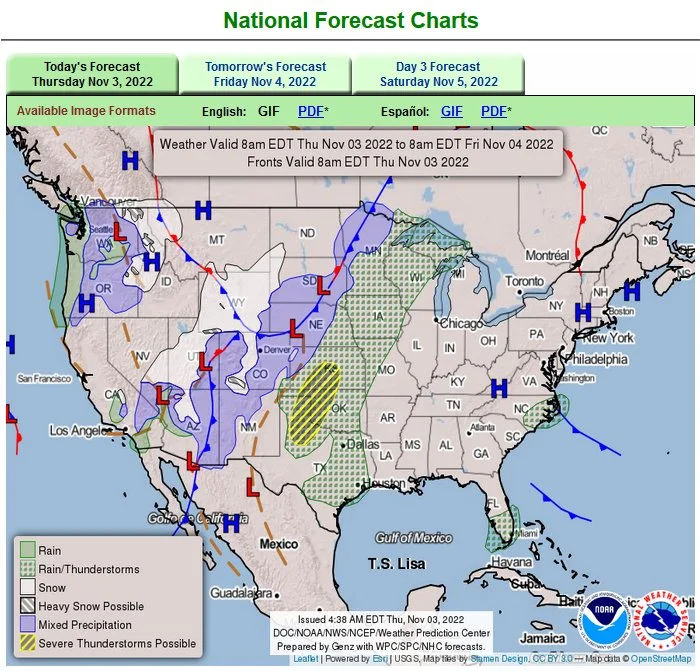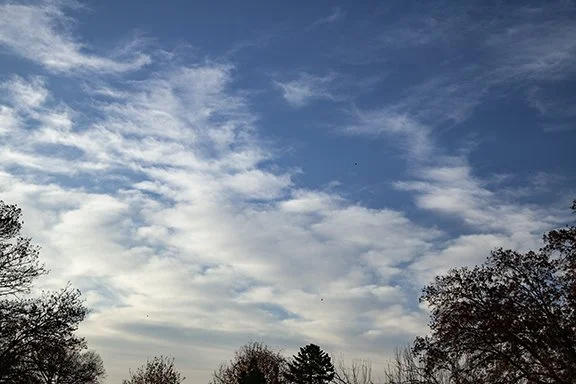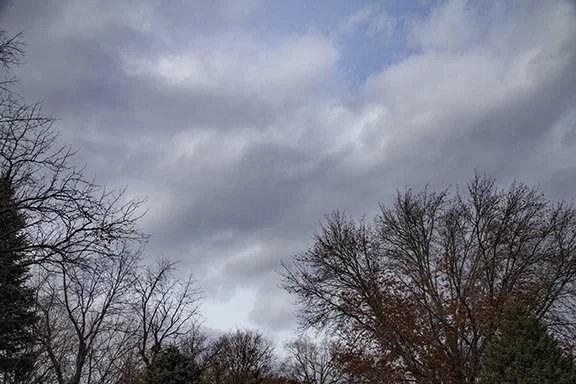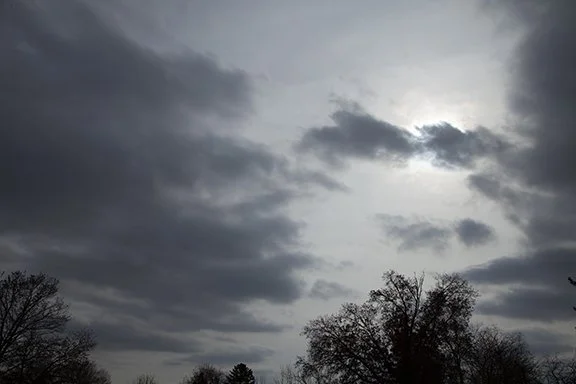Winter Flocking - Hoar Frost
/The combination of dense fog and sub-freezing temperatures is usually a good set-up for the formation of hoarfrost on trees and power lines. Hoarfrost is also known as white frost, crystalline frost, or just plain frost. It forms by sublimation which is the process where water vapor condenses as ice crystals. The trees in the photos below illustrate its beauty, especially with a blue sky background. Small diameter objects are ideal locations for the crystals to accumulate. Both the air and the objects must be below freezing. Cirrus and the spreading out of CONTRAILS (condensation trails) from aircraft formed the clouds in the background.




























































